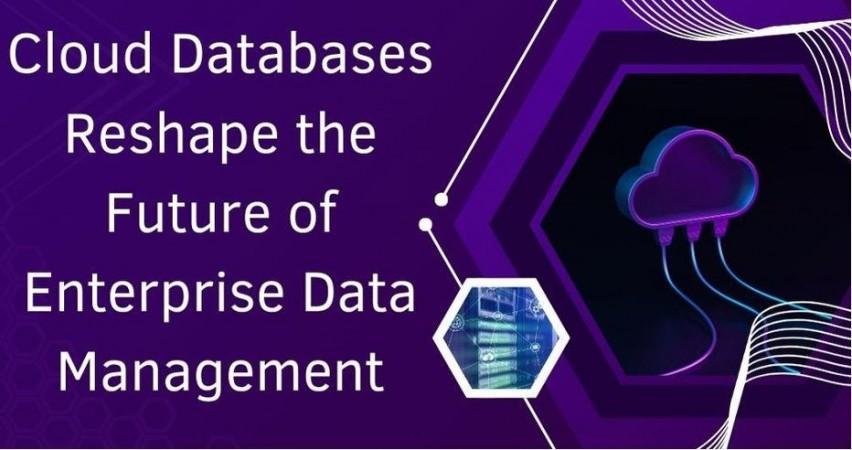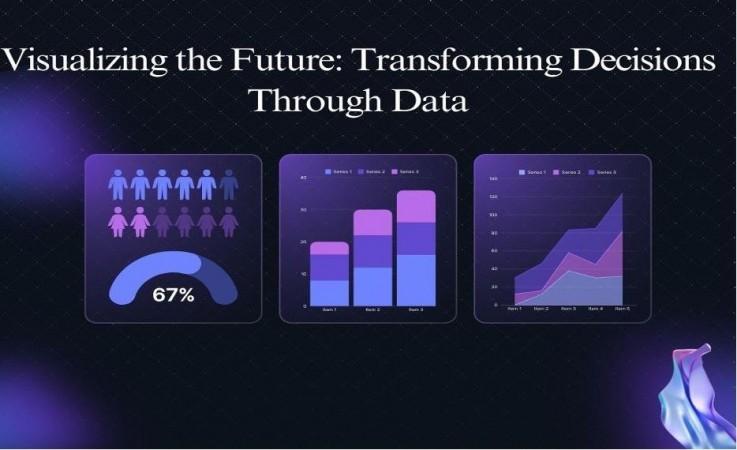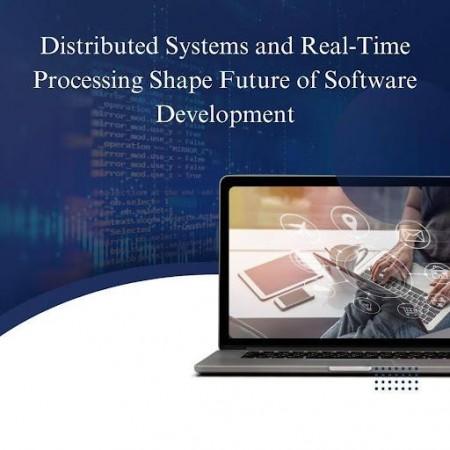
2024 has certainly become the year of Apple in India where the tech giant made new exports as well as domestic sale records, driven by the rising trend of premiumisation, the government’s production-linked incentive (PLI) scheme and aggressive retail expansion.
According to industry experts, Apple’s strategic approach in India over the past year has resulted in significant achievements and increased market importance.
Within the electronics sector, smartphone exports have recorded a 45 per cent increase in exports as leading players such as Apple expand production in the country. Apple’s entry into India, supported by its vendors Foxconn, Pegatron, and Tata Electronics, has boosted smartphone exports this year.
Apple’s iPhone production reached $10 billion in the seven months of this fiscal (FY25), with $7 billion in exports alone which is a record. In the April-October period, the company exported iPhones at almost Rs 8,450 crore (nearly $1 billion) each month, as per industry data.
According to Tarun Pathak, Research Director, Mobile Devices and Ecosystems at Counterpoint Research, Apple has gained a share in India due to highly aspirational youth appeal, strong consumer connect, chanel and manufacturing expansion along with solid marketing campaigns.

“Apple has successfully tapped into the rising trend of premiumization in the world’s second-largest smartphone market. The ultra- premiumisation trend is steadily gaining momentum with each passing quarter,” Pathak told IANS.
India’s strategic significance for Apple is underscored by its three-dimensional (3D) strategy — focusing on domestic manufacturing, distribution and driving premiumisation.
The country is likely to surpass Japan and UK to become the third largest market for Apple in terms of shipments in 2026, according to Counterpoint Research Market Outlook.
“Premiumisation in India, with readily available financing, boosts affordability for premium smartphones, benefiting Apple’s exclusive focus on this segment,” Pathak noted.
Apple’s India shipments are set to cross 11 million marks in 2024 with 10 per cent year-on-year growth and estimating a similar growth in 2025 as well, according to market watchers.
Amid the growing demand for its iPhones in aspirational Bharat, Apple clocked a 36 per cent increase in its operating revenue in India, surpassing Rs 66,700 crore (about $8 billion) in FY24. The tech giant also posted Rs 2,746 crore ($330 million) in profit last fiscal.
The company‘s profit increased by 23 per cent in FY24 against Rs 2,229.6 crore ($268 million) in FY23.
Prabhu Ram, VP-Industry Research Group, CyberMedia Research (CMR), told IANS that Apple’s growth in India is expected to continue with significant momentum in the coming year, driven by aggressive retail expansion, targeted marketing strategies, and a deeper penetration into the aspirational Indian market.
“This growth is fuelled by the strong demand for both the latest and previous generation iPhones,” Ram noted.
(With inputs from IANS)









